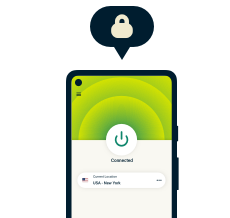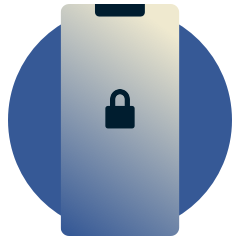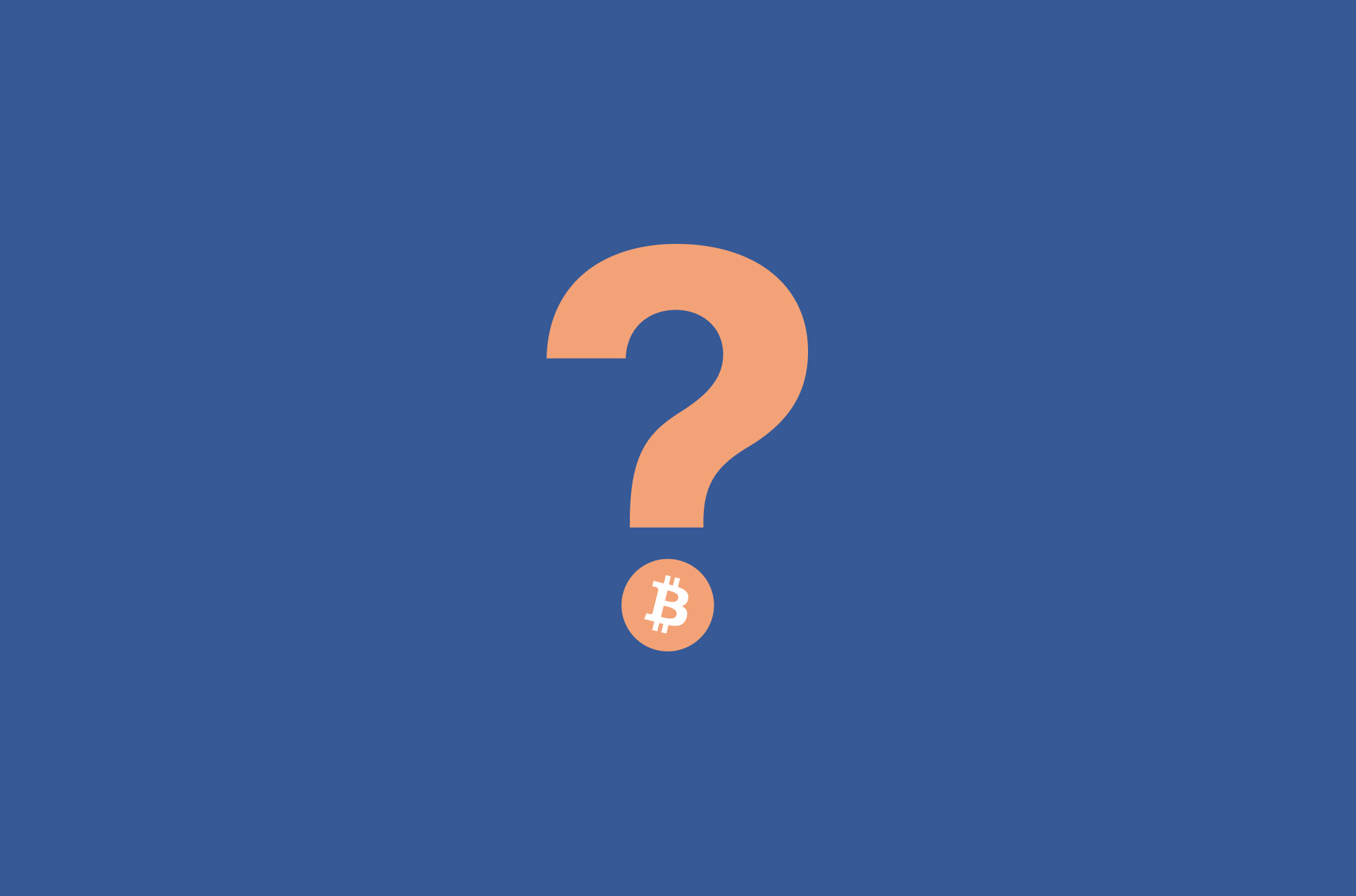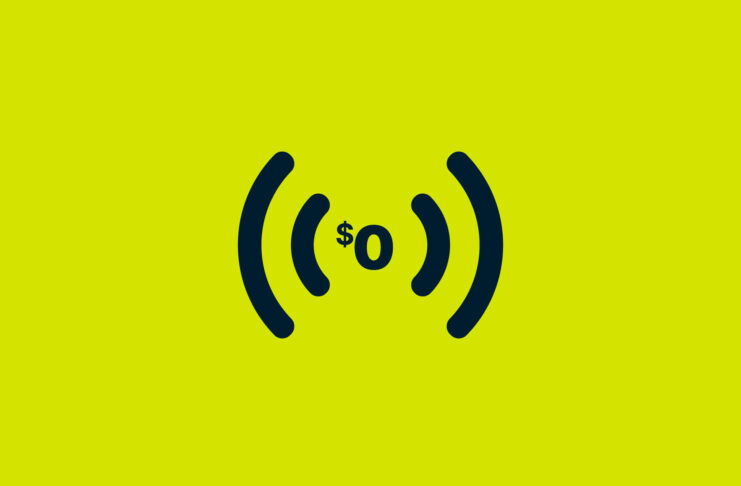Facial recognition is no longer science fiction. Its most common use today is probably for powering your iPhone’s Face ID. But besides unlocking phones or authorizing Apple Pay, facial recognition has seeped into some unexpected corners of our lives. Sometimes without our consent. We list some places where you might encounter facial recognition technology.
Retail and grocery stores
Some stores employ facial recognition technology to deter theft and for the safety of their staff. Retail and grocery stores claim facial recognition helps them identify known shoplifters, helping them curb losses stemming from shoplifting. However, grocery stores have made headlines for their use of the technology, especially over privacy risks and potential misuse of data.
Facial recognition isn’t just retail’s sheriff, though. For instance, Pizza Hut in India uses facial recognition technology to read customers’ moods to serve the perfect menu recommendation. The technology could also be used to analyze customer behavior, helping stores improve layout and marketing.
Sports and concert venues
Imagine walking into a concert venue only to be booted out because facial recognition cameras flagged where you work as an issue. Sounds mildly dystopian, doesn’t it? Unfortunately, it was a reality for a mother who took her daughter to a Christmas show at Radio City Music Hall.
We’ve written about surveillance in sporting venues and how facial recognition is used to track fans and allow them entry into stadiums. Its main purpose? To combat the rise of scalped tickets and keep sports and concert events a little more affordable for fans. At least, that’s what event promoters say.
At RightsCon this year, it was revealed that Brazil’s most popular football clubs admitted to using biometric data for a long-term strategy of monitoring individual audience members to market to them more effectively.
Airports
According to airports, facial recognition is the antidote for long queues at immigration. It promises to verify passenger identities swiftly, thus reducing wait times. Airports also champion the security benefits of the technology, which they say helps prevent identity theft and fraudulent passport usage.
Airports in the U.S. are increasingly adopting the technology, which has put facial recognition at airports under greater scrutiny. While it remains voluntary in the U.S., in some countries, facial recognition technology has been integrated into immigration processes. In Singapore, facial recognition is not only used at immigration checkpoints, but the country has explored using the technology to find late passengers.
Read more: Opt out of a face scan at the airport? Easier said than done
Healthcare settings
In some countries, facial recognition is used in healthcare settings. The technology can aid in streamlining administrative processes, such as enrolling ward visitors, and aid with controlling the spread of diseases by identifying patients without ID. More than just a gatekeeper to sensitive zones, the technology can enhance healthcare services by preventing medical errors and ensuring the right treatment for the right patient.
Schools
Mining children’s data has been a big no-no, but that’s changing. With facial recognition implemented in schools around the world, children’s personal and identifiable information is suddenly being collected en masse. Rightfully, this has raised concerns over children’s rights to privacy and the potential for misuse of the data.
In most parts of the world, the security and law enforcement justification for facial recognition in schools is low, which limits the usefulness of the technology to administrative processes like attendance taking, course enrollment, and compound access. That’s a very expensive solution for these tasks, especially when a simple RFID student card can accomplish the same thing.
Read more: Q&A: Pippa King, on the fight against surveillance in schools
Banks
Much like in airports, banks use facial recognition to verify the identities of their customers. This process has made opening bank accounts much easier, as Know Your Customer (KYC) checks can be done remotely, reducing wait times in bank branches. Japan’s Seven Bank is exploring the use of facial recognition in ATMs, simplifying withdrawal and deposit transactions. The technology is also said to help with combatting fraud and money laundering.
Public transport and company-owned vehicles
You may have seen the news about Amazon forcing drivers to consent to the collection of biometric data or risk losing their jobs. Cameras installed in the delivery vehicles use facial recognition to help connect drivers to their driver accounts. These cameras are also said to improve driver safety. However, it comes at the expense of privacy. The cameras can allegedly track when a driver is distracted or isn’t wearing a seatbelt, how fast they’re accelerating, and even monitor their facial and body movements, such as when they yawn. While it can help ensure drivers aren’t overworked, the wealth of data these systems collect is worrying.
Elsewhere, facial recognition on public transport is being tested to pay transport fares, control access to boarding areas, and combat crime.
What is facial recognition, and how does it work?
Facial recognition is a technology that identifies people by analyzing their faces, kind of like a high-tech game of “Guess Who?” Typically, a camera captures a face image, which AI compares with a database of faces to find a match.
Read more: Facial recognition works even when you’re covering your face
For example, your iPhone’s Face ID works by scanning your face every time you unlock your phone. It then compares that scan against the facial data it captured when you set up your iPhone for the first time. If it matches, your iPhone will unlock.
Benefits of facial recognition
It might be rife with privacy issues (we’ll discuss that shortly!), but facial recognition does have its benefits; here are some of them.
- It helps find missing or wanted persons. Facial recognition technology can aid in the search for missing persons by notifying police of potential matches. Likewise, the police can apply the technology in the same manner in the search for wanted persons.
- It helps with combatting crime. If used as a preemptive measure, shops can identify repeat shoplifters and take action against them. It has also been argued that the technology serves as a deterrent.
- It improves security measures. In banks and airports, facial recognition can help improve security measures by identifying people, such as known criminals, who might pose security risks. Facial recognition is harder to fool than the human eye, so crimes like identity theft are harder to pull off.
- It makes our lives a little more convenient. Ever tried looking for photos of someone in your phone’s photo album? Facial recognition can help group photos according to who is in them. In the real world, facial recognition could provide seamless entry into buildings and perform other tasks that require keys or passwords.
- It can help streamline processes. By reducing the number of touchpoints, facial recognition can help streamline processes. For example, if you were applying for a bank loan, a facial scan could pull up your credit score and get your loan approved within the same day.
Privacy concerns about facial recognition
If facial recognition is the stuff of science fiction, there’s a cautionary tale to be told—the technology comes with a whole host of privacy concerns.
- Consent: Chances are, you probably don’t know if your facial data is being captured and analyzed. And even if you do know, withdrawing consent is not always easy.
- Improper data storage: As more places rely on facial recognition, your face will live on more databases. If these databases are not properly encrypted, malicious actors could access your biometric data.
- Misuse of data: If biometric databases get hacked, your likeness could be used for identity theft or worse. Unlike password breaches, you cannot change your facial features if someone steals your biometric data.
- False identification: Facial recognition is not perfect. Shadows, angles, and even algorithm bias could result in the erroneous identification of innocent people, putting them under greater scrutiny.
- Erosion of civil liberties: Widespread use of facial recognition could enable mass surveillance, eroding anonymity in public spaces and potentially infringing upon civil liberties.
FAQ: About facial recognition
Can you trick facial recognition?
Yes, it is possible to trick it, depending on how sophisticated the facial recognition technology being used is. For example, on some phones, it is easy to trick facial recognition unlock methods with a photograph.
How accurate is face recognition?
According to a report by the Center for Strategic & International Studies (CSI) in 2020, facial recognition accuracy works best when it is used to identify people against a clear, stable image like on a passport photo. In such situations, the accuracy rate is 99.97%, putting the error rate at just 0.03%.
When used against photos taken in real-world situations, such as in a grocery store, the error rate climbs to 9.3%. It further increases if people aren’t looking straight at the camera or are partially obscured by shadows or other objects.
Does Face ID read your eyes?
Face ID can tell if your eyes are open and if your attention is directed at your iPhone. If they aren’t, it will not unlock your phone or authorize payments.

Privacy should be a choice. Choose ExpressVPN.
30-day money-back guarantee


























Comments
Thank you Express VPN for opening our eyes to what is happening to our privacy in the current “real world”. It’s scary, but thanks to your notifocatopms we’re able to keep abreast of this oncoming of George Orwell’s prophesies….and it’s not good new but we appreciate the necessity of your notifications…Keep up the great work, thanks a bunch. Lesley
I agreed on facial recognition, but not on abiding citizens that haven’t breaking the law.